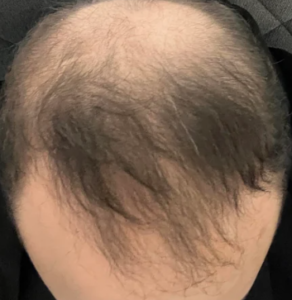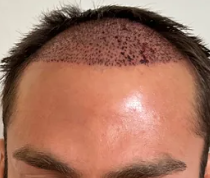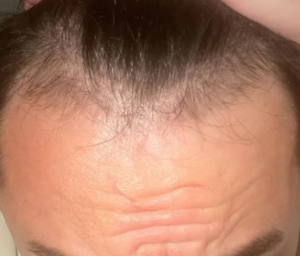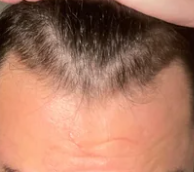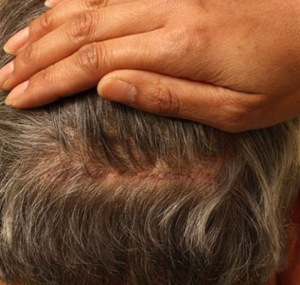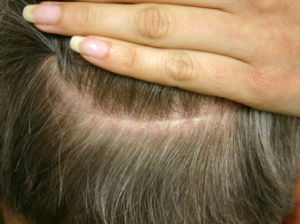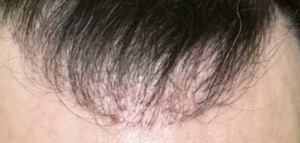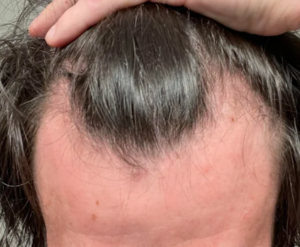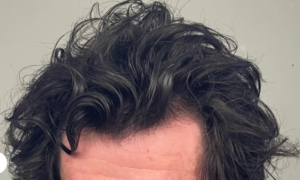Age: 28: I was quoted 3800 grafts (3000 scalp, 600 chest and 200 beard) for the front and another surgery for the crown (which idk how many grafts it will still need). Thoughts on:
-
Frontal density regarding 3800
-
Would the donor area hold up for 7000 grafts overall?
-
I won’t take any medications but considering using min
-
Would I risk over harvesting with 7000 grafts?
-
Would you recommend another clinic?
My theme is to focus on where you are now in your balding cycle. Is your hair fine, medium or coarse? Coarse hairs have 10 times the value per hair compared to fine hair. What is your average donor density? Knowing these numbers will allow YOU to decide how many grafts from your total donor supply you should use on this first procedure and what areas you will cover. In your case, you will likely develop a Class 7 pattern, so if you use up all of your donor supply now, then what is next? Beard hair has value on top and in the crown and can increase your available hair (usually 2000-3000 hairs available for transplantation); however, chest and arm hair has very little value because (1) the hair cycle is very short and the telogen cycle is long which means that only about half of the hairs transplanted will be growing at any one time, and (2) body hair is fine, which means it brings little value.
Too many doctors don’t put together a Personalized Master Plan for their patients, so that is what I am showing you here. You asked me for an opinion, so I would transplant about 3000 grafts for the frontal area and into what appears to be a thinning bridge and stop there. Of course, that number will vary depending on your hair thickness. For example, if your hair was coarse, I might only transplant 2000-2200 grafts, but if your hair was fine, I might go to 3000-3300 grafts. The impact on the donor area with coarse hair will be negligible, while the impact of taking 3300 grafts with FUE from the donor area will be significant. The consequence of donor depletion is found more with fine hair than coarse hair men.
